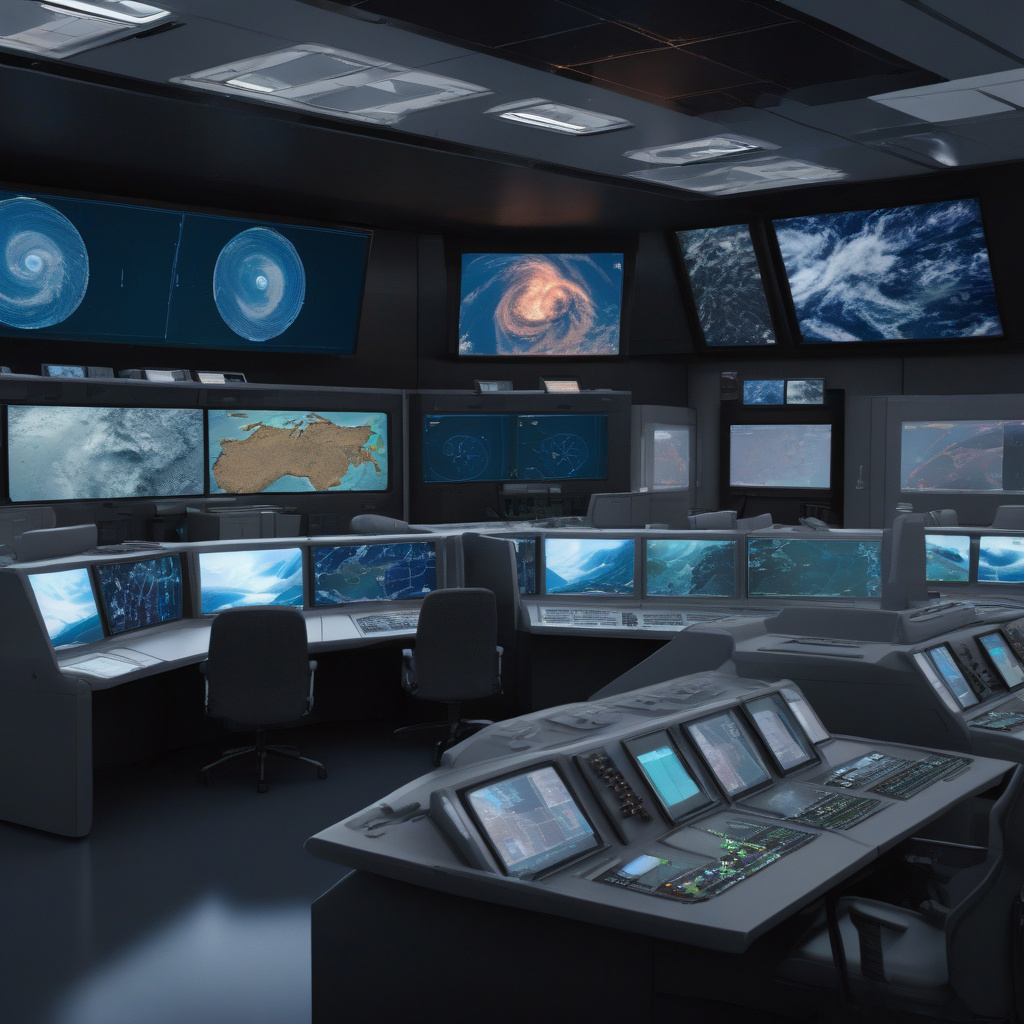Title: Leveraging AI for Natural Disaster Prediction and Prevention
In a world where hundreds of millions of people reside near ocean waters that can flood without much notice, the ability to predict and prevent natural disasters is crucial. The intersection of artificial intelligence (AI) and disaster management presents a promising solution to mitigate the impact of catastrophic events like hurricanes and floods. But can AI truly predict and prevent natural disasters?
AI has the potential to revolutionize the way we approach disaster preparedness and response. By analyzing vast amounts of data from various sources such as satellites, sensors, and historical records, AI algorithms can identify patterns and predict the likelihood of a natural disaster occurring. For instance, machine learning models can forecast the path of a hurricane with greater accuracy, giving authorities more time to evacuate residents and secure critical infrastructure.
Moreover, AI-powered early warning systems can provide real-time alerts to populations at risk, enabling them to take proactive measures to ensure their safety. By leveraging advanced analytics and predictive modeling, AI can help emergency services allocate resources more efficiently and prioritize areas that are most vulnerable to natural disasters. This proactive approach can significantly reduce the loss of lives and property damage associated with these events.
One notable example of AI being used for disaster prevention is the implementation of flood prediction models. By analyzing factors such as rainfall patterns, topography, and soil composition, AI systems can forecast when and where flooding is likely to occur. This foresight allows authorities to implement measures such as building barriers or improving drainage systems to minimize the impact of floods on communities.
Furthermore, AI can assist in post-disaster recovery efforts by analyzing satellite imagery to assess the extent of damage and prioritize areas in need of assistance. By streamlining the decision-making process, AI enables rapid response and resource allocation, facilitating quicker recovery and reconstruction efforts.
While AI shows great promise in predicting and preventing natural disasters, it is essential to acknowledge its limitations. Weather patterns and natural events can be unpredictable, and AI models rely on historical data to make forecasts. As such, continuous monitoring and updating of algorithms are necessary to enhance their accuracy and effectiveness in disaster management.
In conclusion, the integration of AI into natural disaster prediction and prevention efforts represents a significant advancement in safeguarding communities against unforeseen events. By harnessing the power of AI technologies, we can enhance our ability to anticipate, prepare for, and respond to natural disasters, ultimately saving lives and minimizing the impact on infrastructure and livelihoods. As we continue to explore the potential of AI in disaster management, collaboration between technology experts, government agencies, and disaster response organizations is essential to harnessing the full benefits of these innovative solutions.

